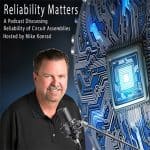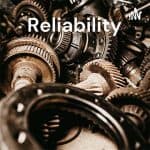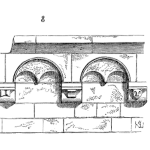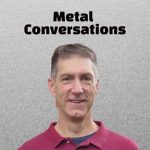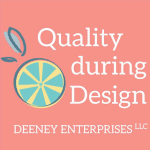
Exposing The Hidden Flaws of FMEA and Risk Matrices: Advancing Your Risk Assessment
In the realm of risk assessment and management, traditional tools like Failure Mode and Effects Analysis (FMEA) and risk matrices have been widely accepted as the norm. However, beneath the surface of these established methods lie hidden flaws of FMEA and risk matrices that can significantly impact the effectiveness of risk analysis and decision-making processes. The latest podcast episode takes a deep dive into these issues, offering listeners an exploration of the challenges posed by conventional risk assessment techniques.
The episode emphasizes the importance of staying informed and adapting to new methods in the ever-evolving landscape of risk management. By doing so, professionals can ensure that they are not only equipped to handle current challenges but also prepared to meet the demands of the future.
